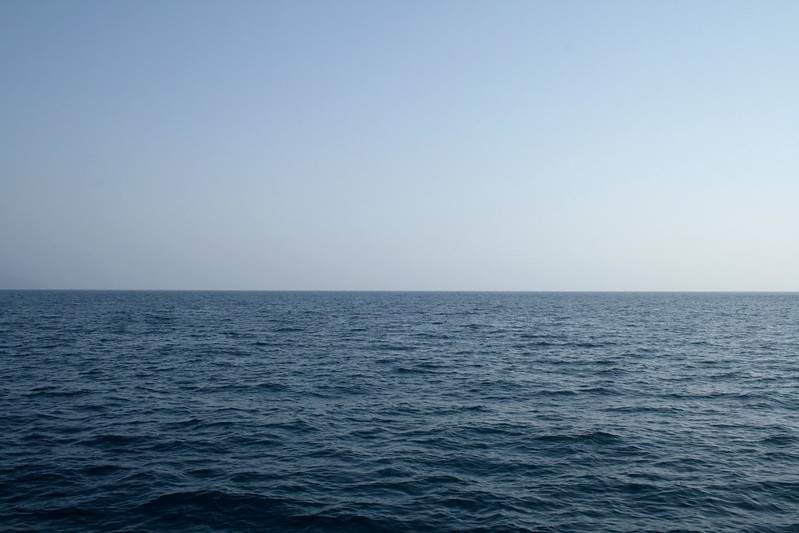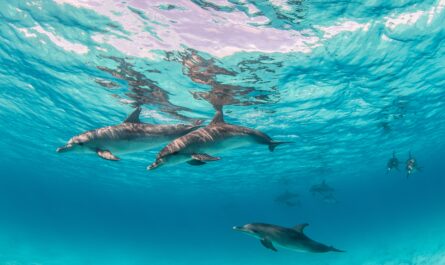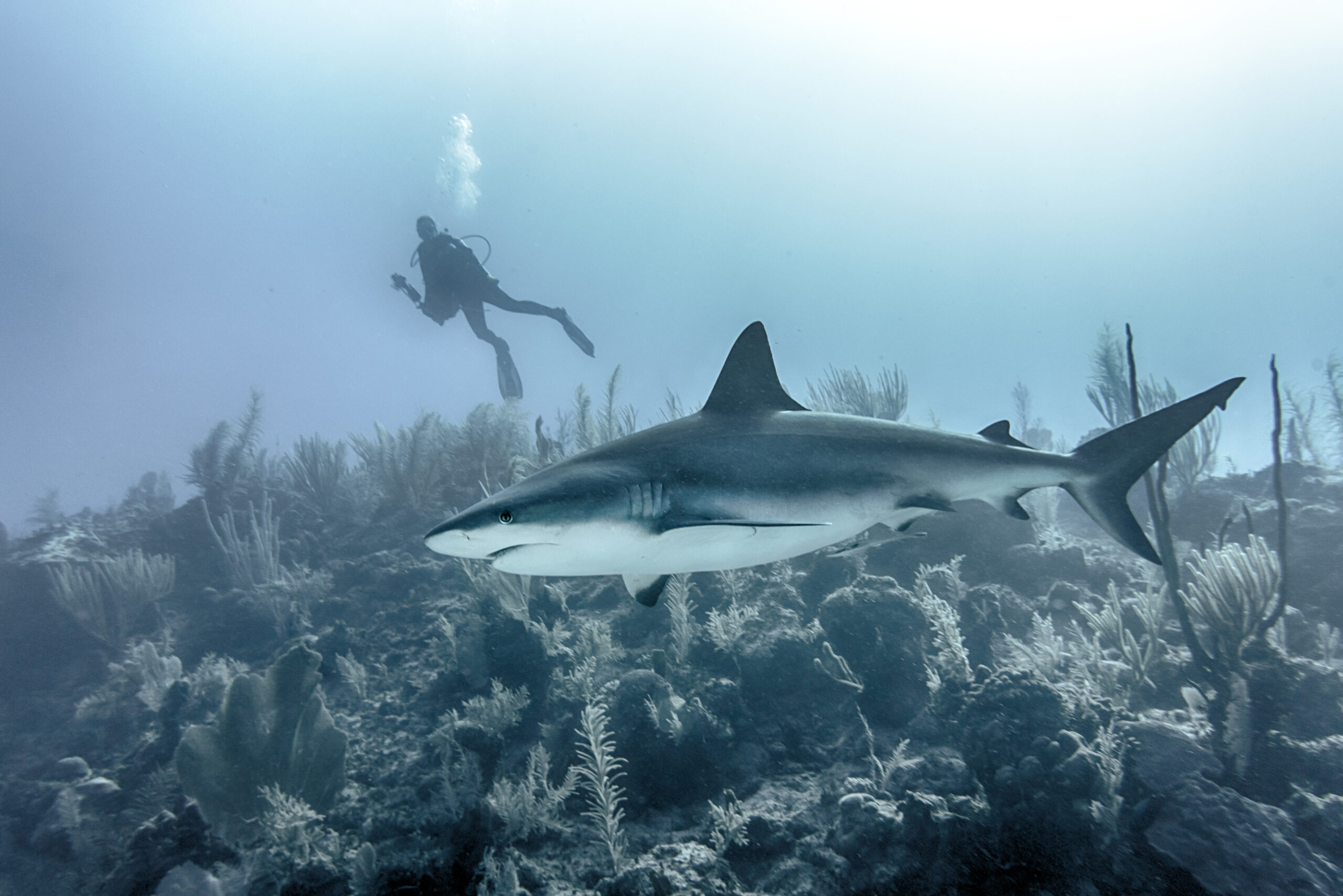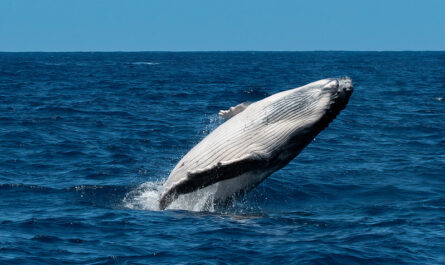Ocean currents are the lifeblood of marine ecosystems, influencing everything from nutrient distribution to the migration patterns of marine species. In the Pacific Ocean, these vast and dynamic flows of water play a critical role in shaping the biodiversity and ecological balance of one of the most complex marine environments on Earth. This article explores how Pacific Ocean currents impact marine life, the mechanisms driving these currents, and the cascading effects they have on global ecosystems.
1. Understanding Ocean Currents in the Pacific
What Are Ocean Currents?
Ocean currents are continuous, directed movements of seawater driven by factors such as wind, salinity, temperature, and the Earth’s rotation. These currents operate on both local and global scales, transporting heat, nutrients, and organisms across vast distances.
The Major Pacific Currents
The Pacific Ocean, the world’s largest and deepest, hosts several critical currents, each playing a unique role in marine life:
- North Pacific Gyre: Encompasses the Kuroshio Current, California Current, and North Equatorial Current.
- South Pacific Gyre: Includes the East Australian Current and South Equatorial Current.
- Equatorial Currents: The east-to-west flow of the North and South Equatorial Currents, separated by the Equatorial Countercurrent.
- Thermohaline Circulation: Often called the “global conveyor belt,” it drives deep-ocean currents based on temperature and salinity gradients.
Forces Driving Ocean Currents
- Wind: Surface currents are primarily driven by wind patterns like the trade winds and westerlies.
- Earth’s Rotation: The Coriolis effect causes currents to deflect, creating circular gyres.
- Density Differences: Variations in salinity and temperature drive vertical currents, pulling cold, nutrient-rich water to the surface in processes like upwelling.
2. Nutrient Distribution and Upwelling Zones
Upwelling: Nature’s Fertilizer
Upwelling occurs when deep, cold, and nutrient-rich water rises to the ocean surface. This phenomenon is especially prominent along the coasts of Peru, California, and Chile in the Pacific.
- Nutrients Released: Nitrates, phosphates, and silicates are brought to the surface, fueling primary production.
- Phytoplankton Blooms: These microscopic plants thrive in nutrient-rich waters, forming the base of the marine food web.
Impact on Marine Ecosystems
- Fisheries: Upwelling zones are among the world’s most productive fishing areas, supporting species like sardines, anchovies, and tuna.
- Biodiversity Hotspots: Regions like the California Current host a diverse range of species, from seabirds to marine mammals, due to abundant food sources.
- Carbon Sequestration: Phytoplankton play a role in absorbing atmospheric CO2, mitigating climate change.
3. Ocean Currents and Marine Migration
Pathways for Migratory Species
Ocean currents act as natural highways for migratory species, aiding their navigation and energy conservation.
Humpback Whales
- Migration Routes: Humpback whales follow the North Pacific Current as they migrate from feeding grounds in Alaska to breeding grounds in Hawaii and Mexico.
- Currents as Guides: Temperature and salinity changes along currents help whales navigate long distances.
Sea Turtles
- Juvenile Drift: Young sea turtles, like green and loggerhead turtles, rely on the North Equatorial Current to transport them from nesting beaches to distant feeding grounds.
- Navigational Cues: Magnetic fields influenced by currents provide turtles with orientation cues.
Fish Species
- Tuna and Mahi-Mahi: Pelagic fish use the East Australian Current and other pathways to follow schools of prey.
- Larval Transport: Currents distribute fish larvae across coral reefs, ensuring genetic diversity and population stability.
4. Currents and Coral Reef Ecosystems
Currents as Lifelines for Reefs
Coral reefs, often termed the “rainforests of the sea,” depend heavily on ocean currents for survival.
- Nutrient Delivery: Currents supply reefs with essential nutrients and oxygen.
- Larval Dispersion: Coral larvae ride currents to colonize new areas, expanding reef ecosystems.
- Temperature Regulation: Currents moderate water temperatures, protecting reefs from extreme heat that causes bleaching.
The Role of the Coral Triangle
The Coral Triangle, a biodiversity hotspot in the Pacific, benefits from currents like the Indonesian Throughflow, which brings warm water and nutrients from the Indian to the Pacific Ocean. This flow sustains the rich biodiversity of corals, fish, and other marine organisms.
5. Climate Change and Ocean Currents
The Fragility of Currents
Climate change poses a significant threat to the stability of ocean currents. Changes in temperature and salinity disrupt these systems, with profound implications for marine life.
Melting Polar Ice
- Impact on Thermohaline Circulation: The influx of freshwater from melting ice caps reduces salinity, potentially slowing down or halting deep-ocean currents.
- Consequences for Biodiversity: Disrupted currents could lead to nutrient depletion in upwelling zones, threatening fisheries and ecosystems.
Ocean Warming
- Current Strength: Warmer waters may intensify surface currents but weaken deep currents, altering migration routes and ecosystem connectivity.
- Coral Bleaching: Warmer currents exacerbate coral bleaching, particularly in regions like the Great Barrier Reef.
6. Human Interaction with Ocean Currents
Fishing and Currents
Coastal communities have long relied on the patterns of ocean currents to sustain fisheries. However, overfishing in current-rich areas has led to ecological imbalances.
Shipping and Trade
Ocean currents influence shipping routes, reducing fuel consumption and emissions. The Pacific’s currents play a pivotal role in global trade, connecting major economies across Asia, North America, and Oceania.
Renewable Energy Potential
- Tidal Energy: Harnessing the kinetic energy of currents through tidal turbines offers a sustainable energy solution.
- Challenges: Balancing renewable energy projects with ecosystem protection is critical to minimizing environmental impact.
7. Protecting Pacific Ocean Currents and Their Ecosystems
Marine Protected Areas (MPAs)
Establishing MPAs along critical current pathways can safeguard biodiversity and promote sustainable resource use. Notable examples include the Papahānaumokuākea Marine National Monument in Hawaii.
Global Collaboration
International efforts, such as the United Nations’ Decade of Ocean Science for Sustainable Development (2021-2030), aim to protect marine currents and ecosystems through research and policy initiatives.
Public Awareness
Education campaigns about the role of ocean currents in sustaining life can drive grassroots movements to combat pollution, overfishing, and climate change.
Conclusion
Ocean currents are more than just moving water; they are the lifeblood of the Pacific Ocean’s ecosystems. From driving nutrient cycles and supporting migratory species to sustaining coral reefs and mitigating climate impacts, their influence is unparalleled. However, these vital systems face growing threats from human activity and climate change. Understanding and protecting Pacific Ocean currents is essential for preserving marine biodiversity and the livelihoods of millions who depend on them. By fostering global collaboration and sustainable practices, we can ensure that these natural highways continue to shape life in the Pacific for generations to come.



